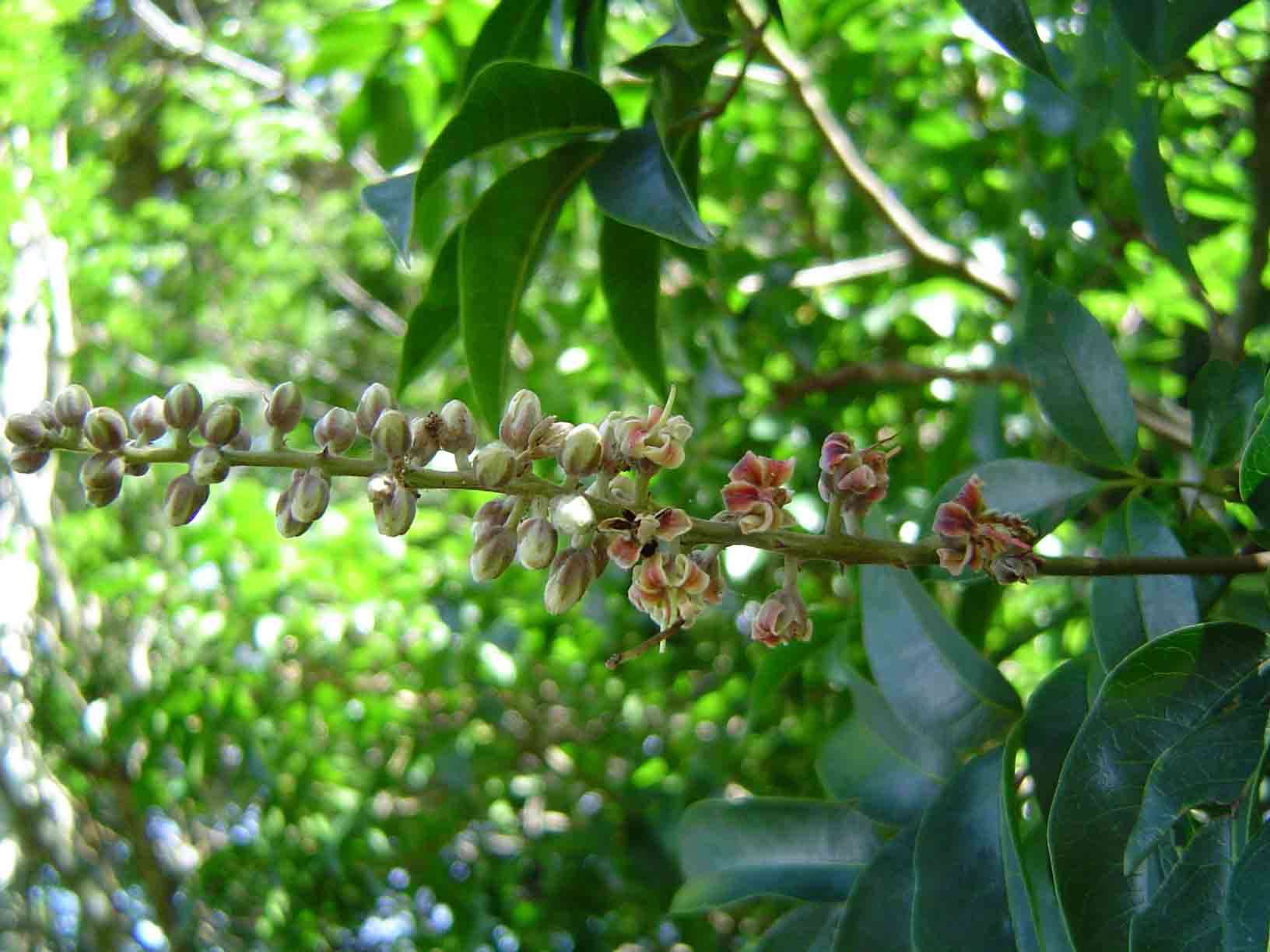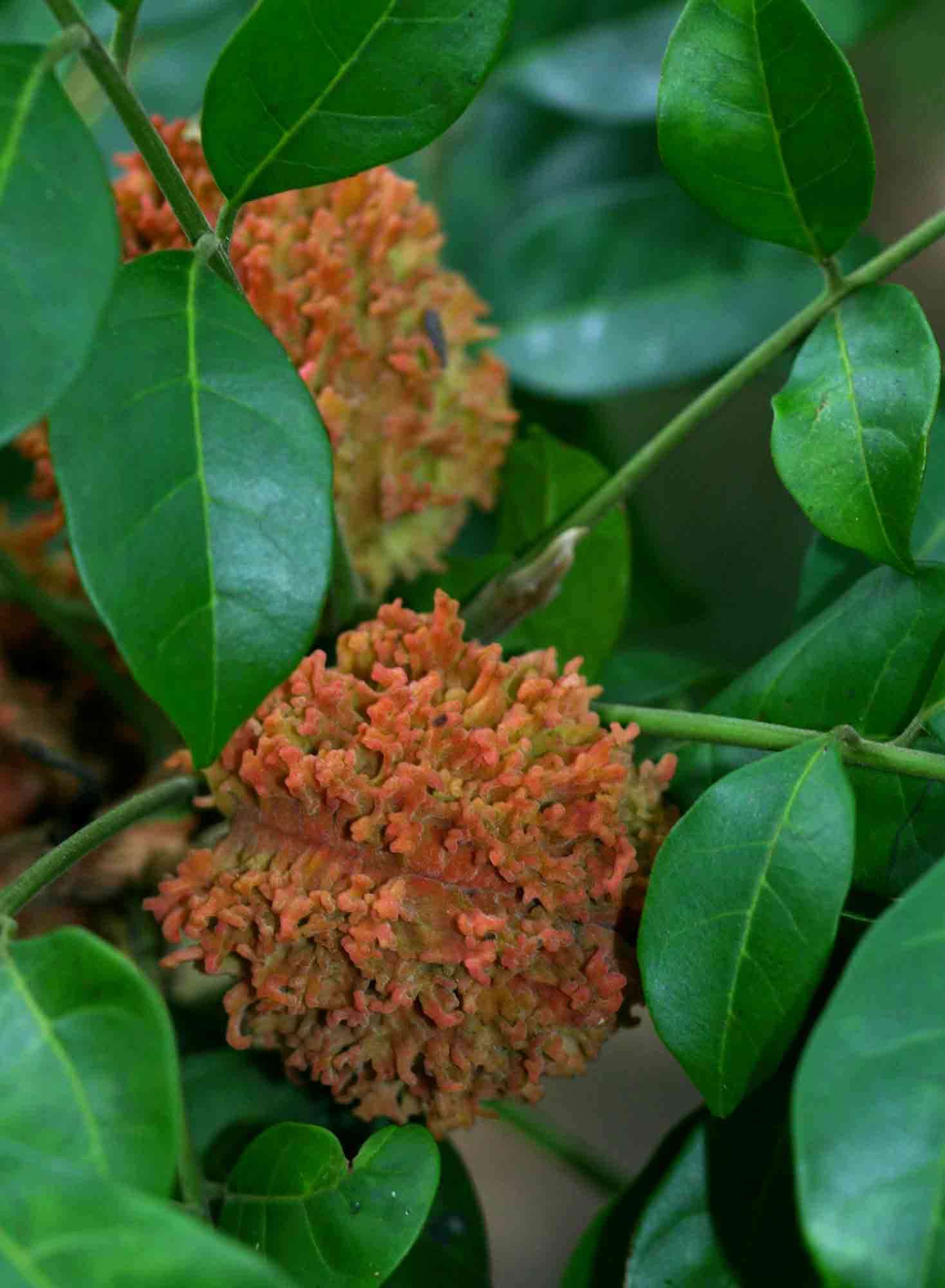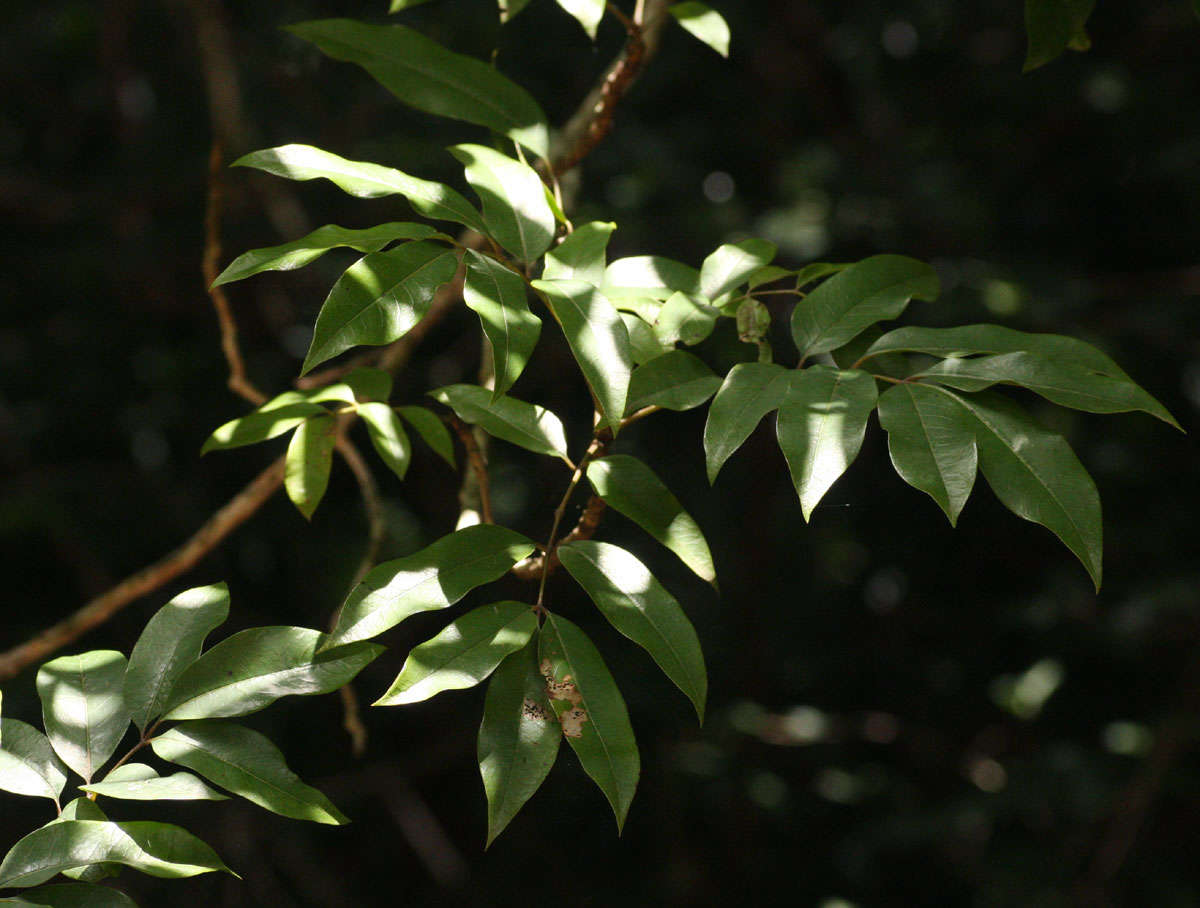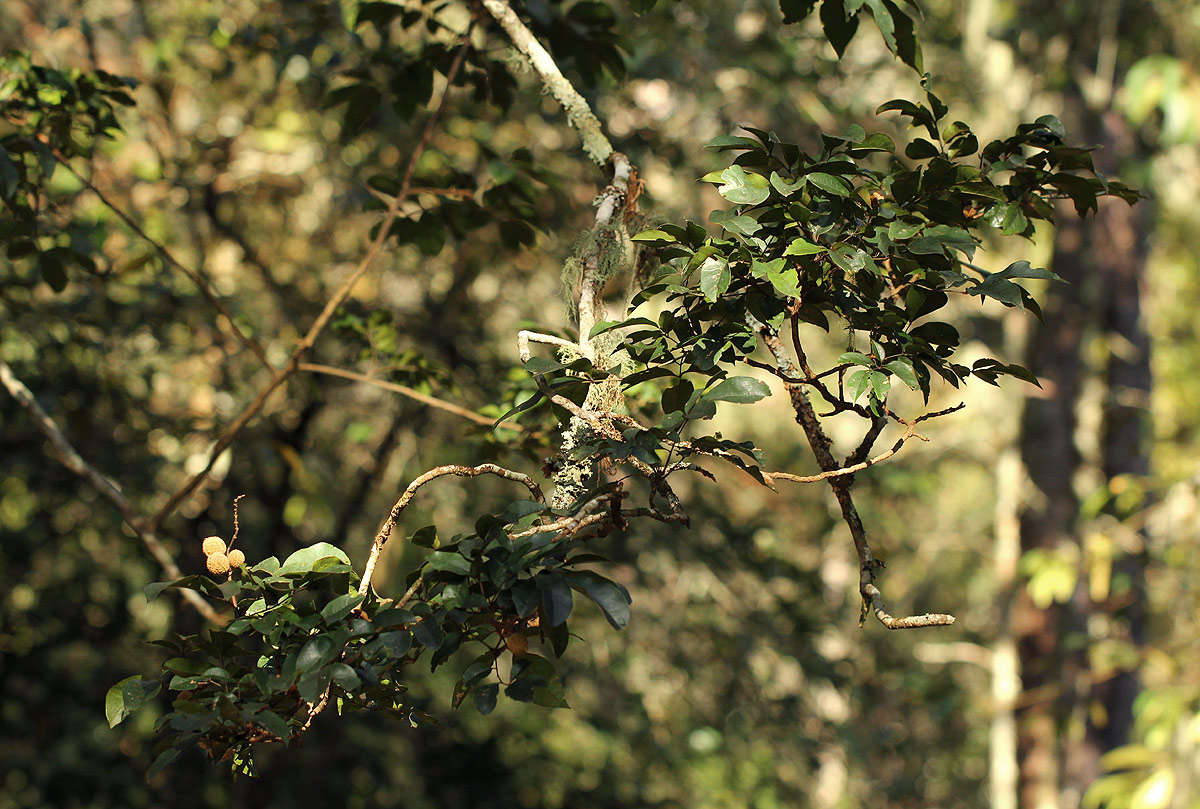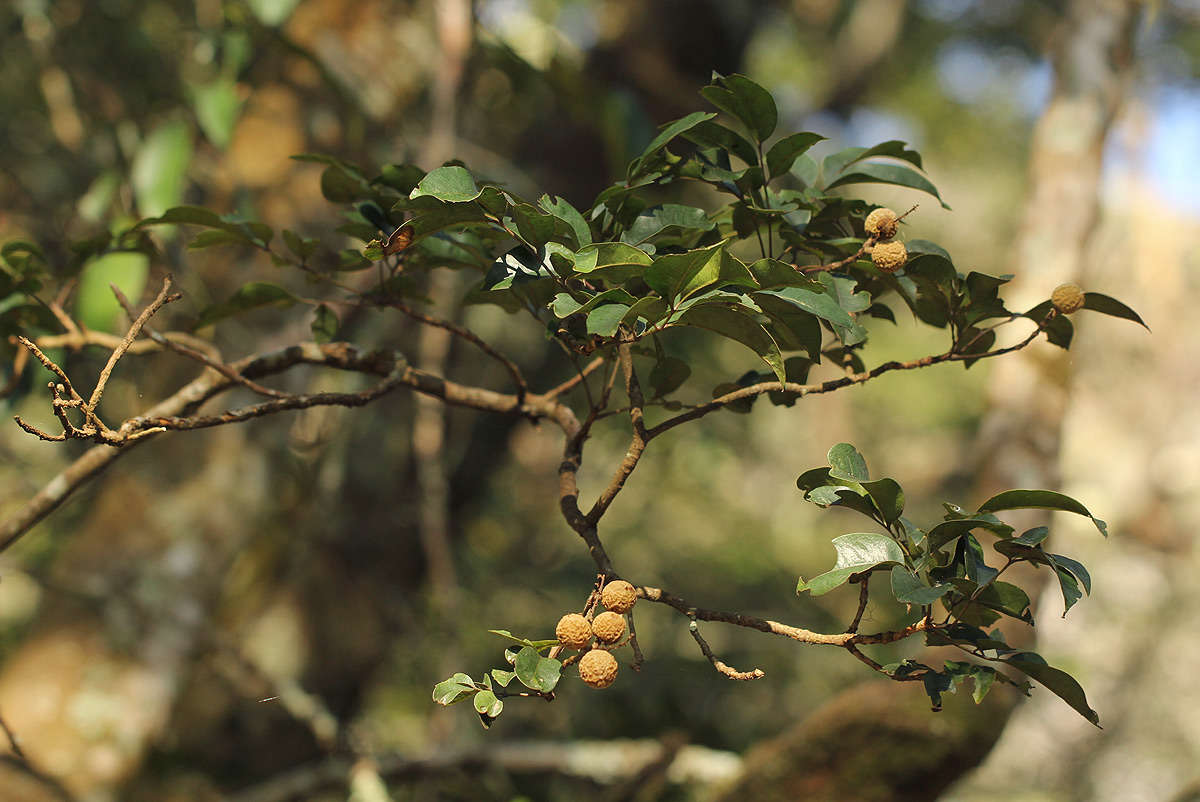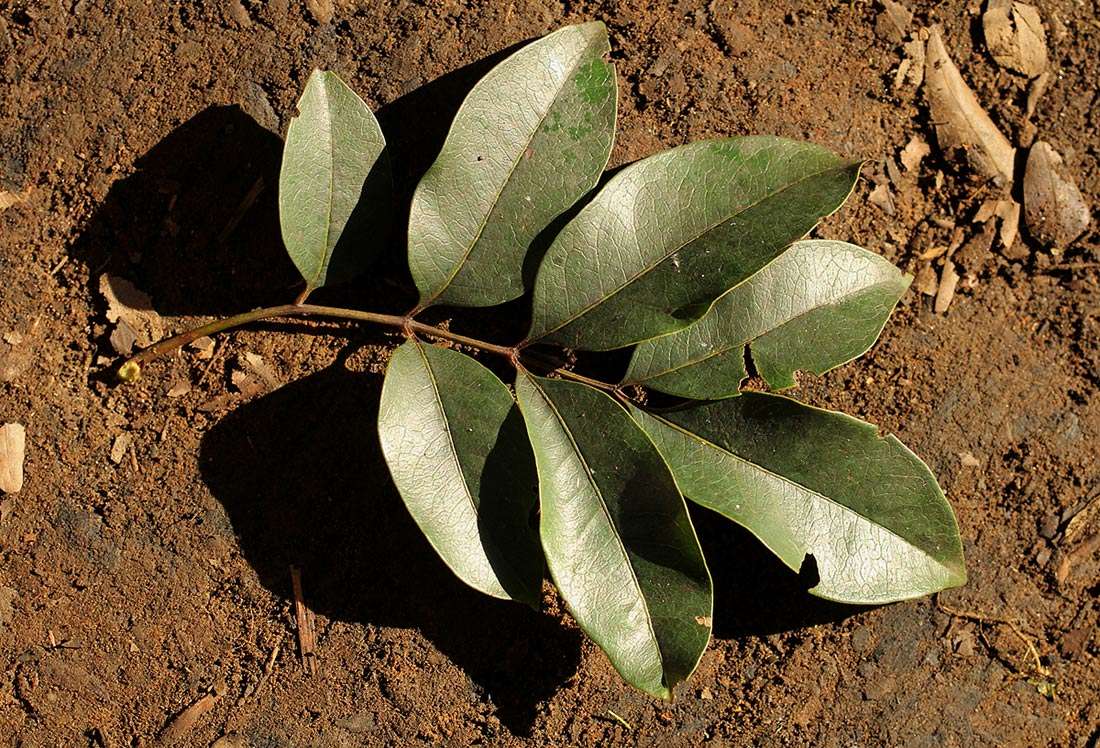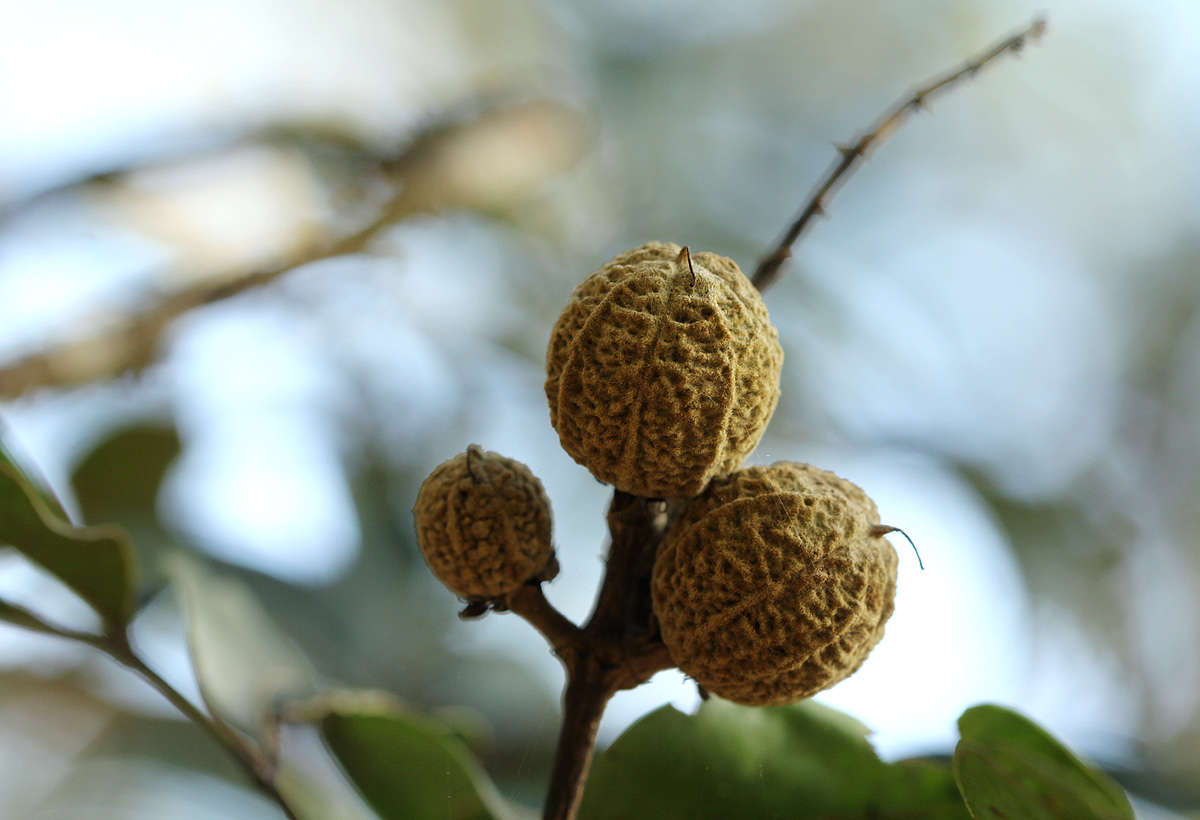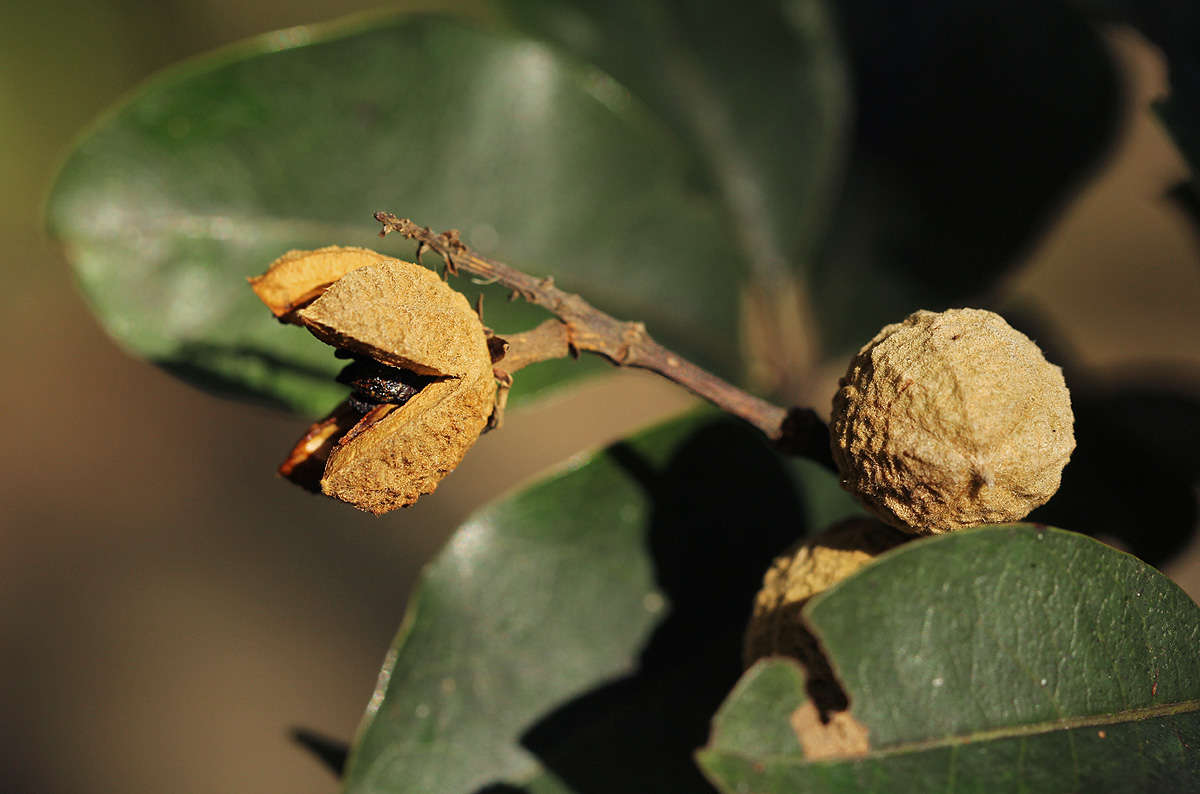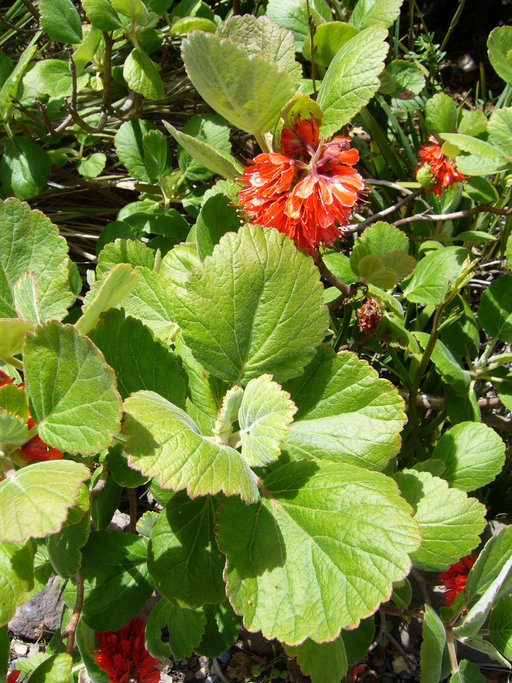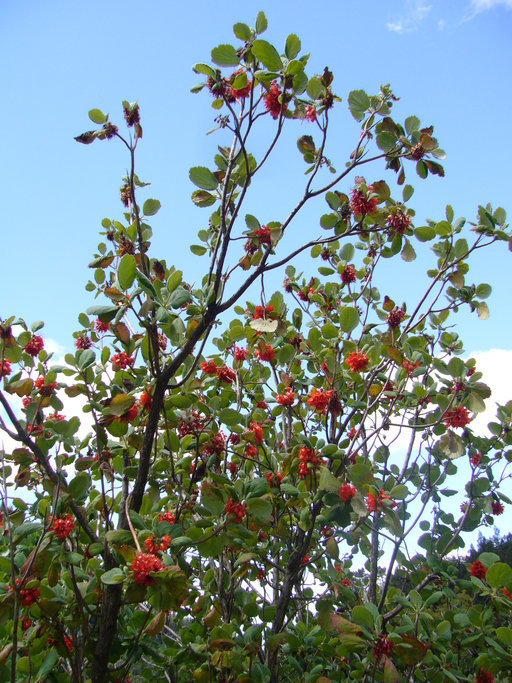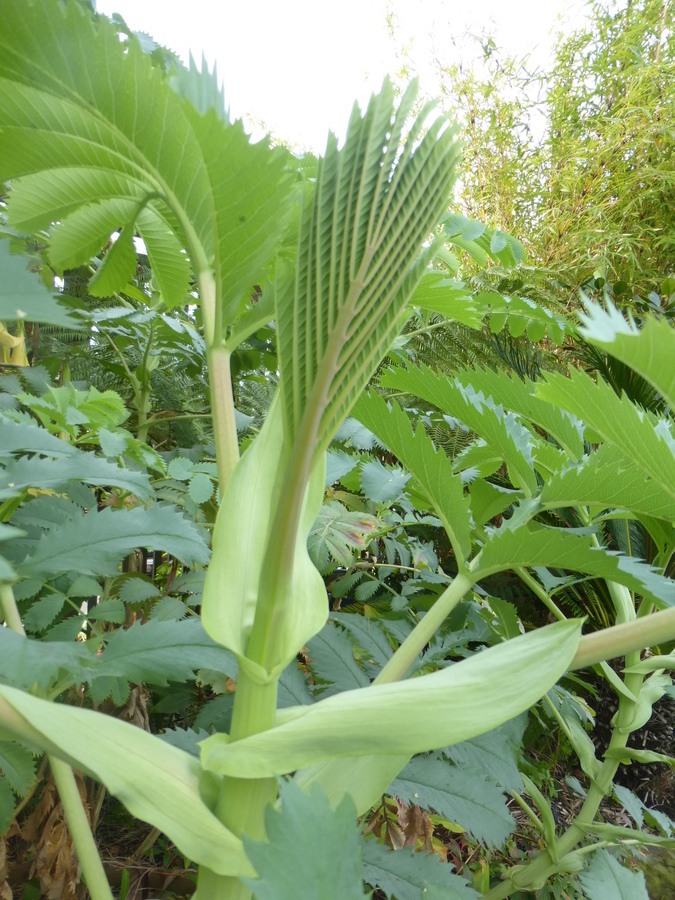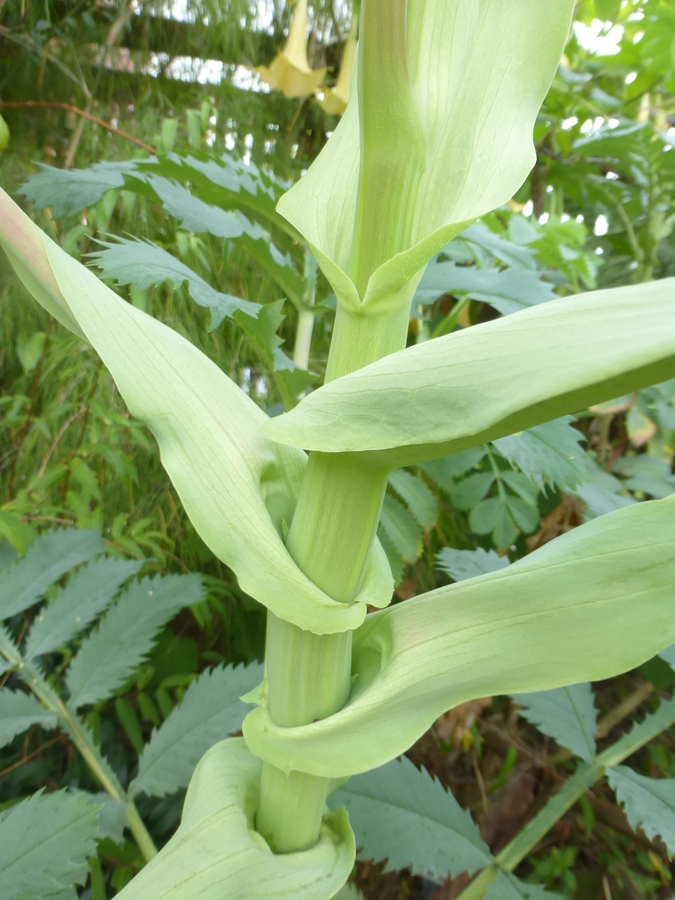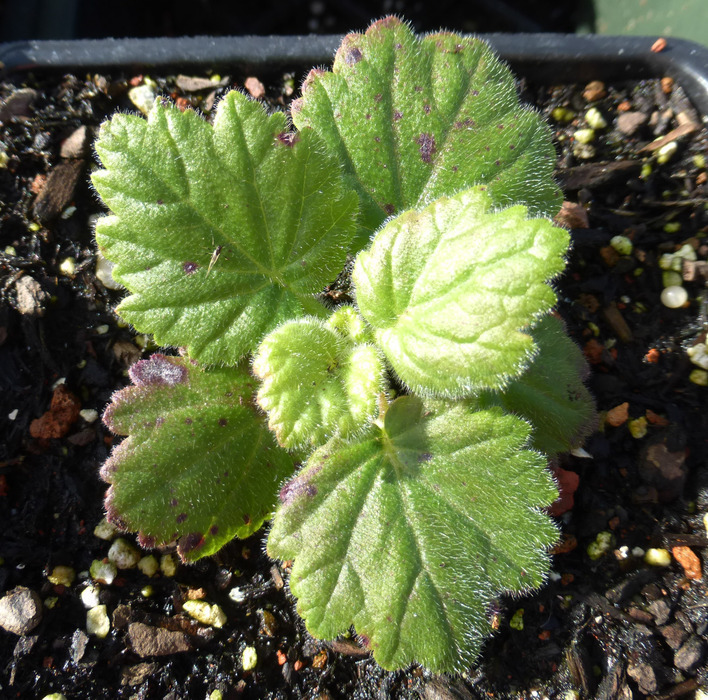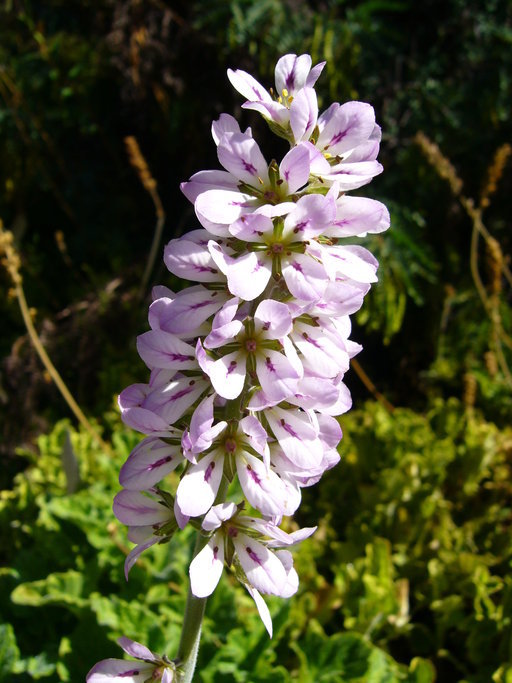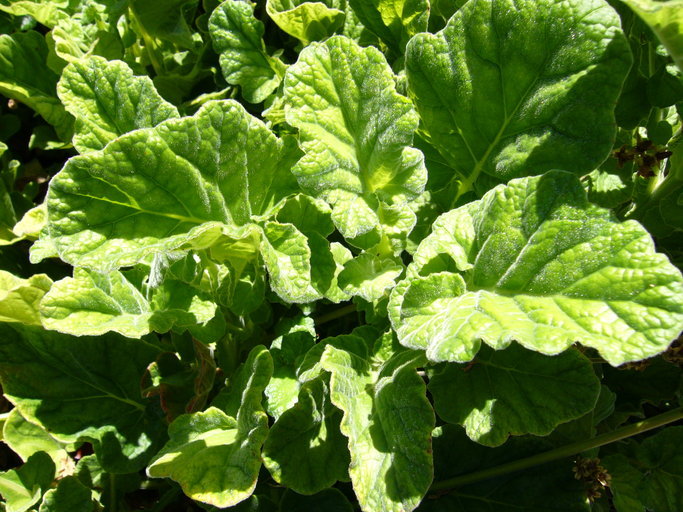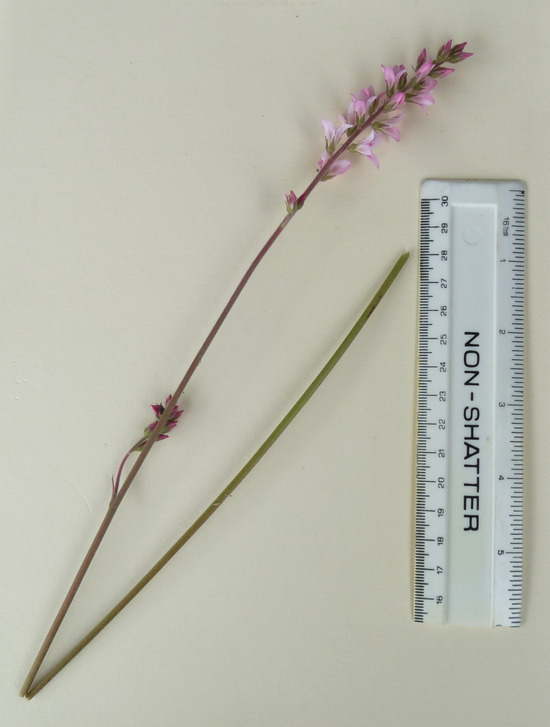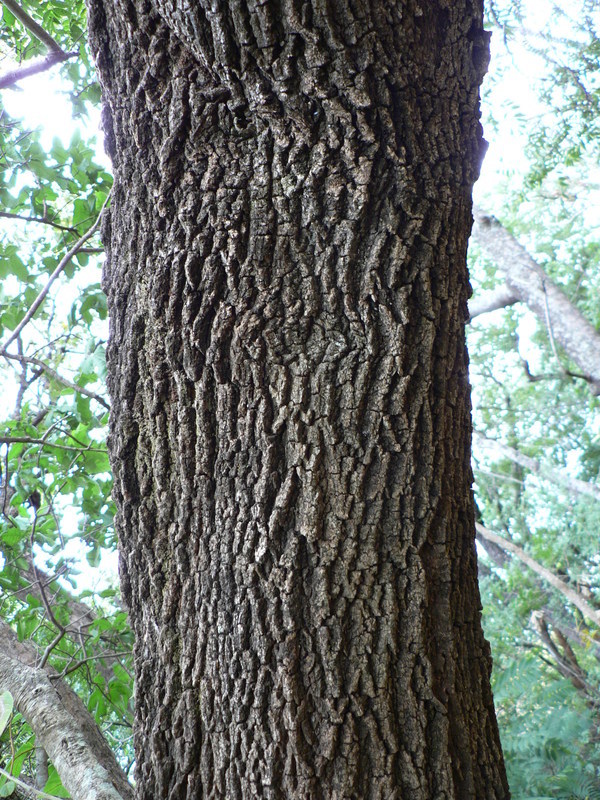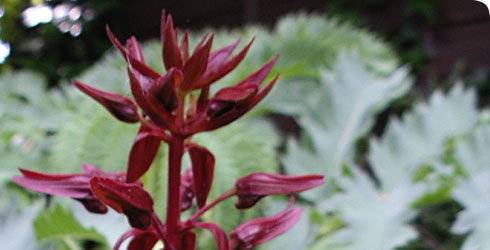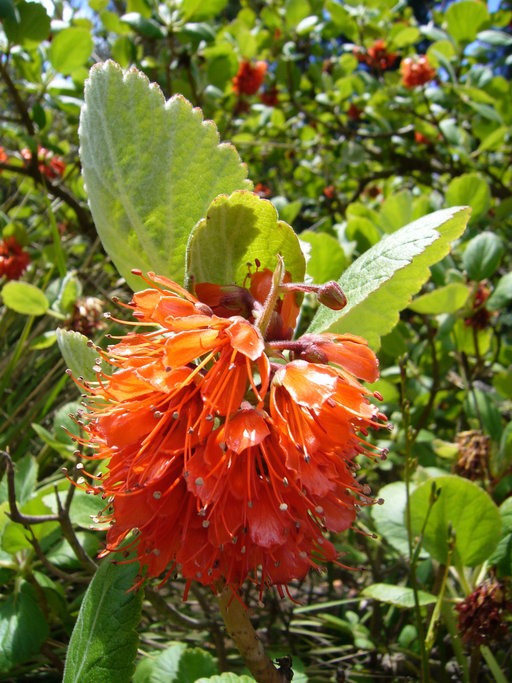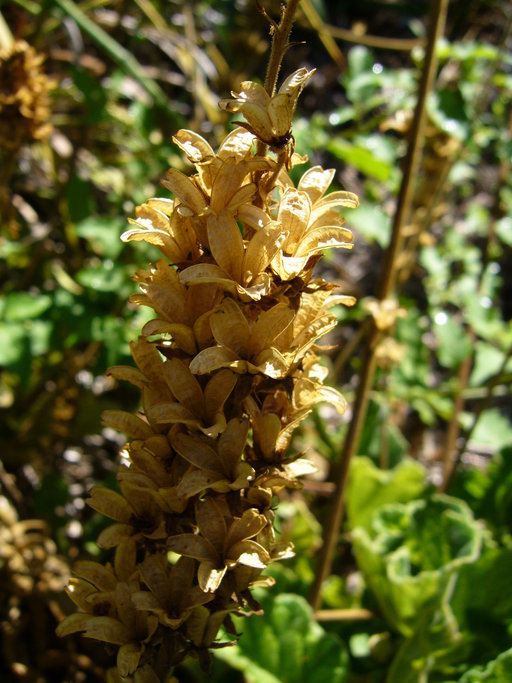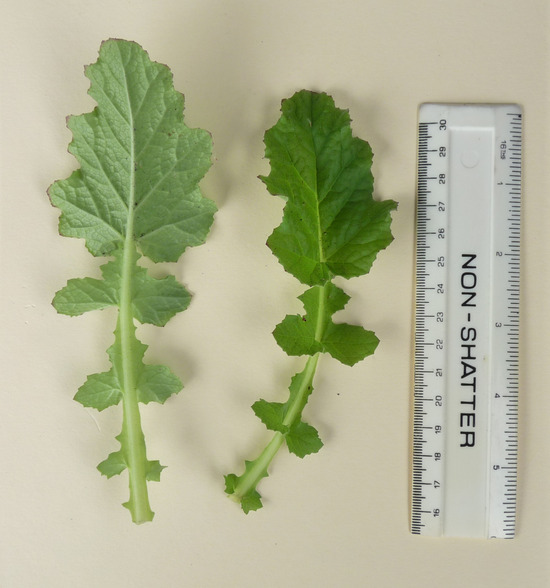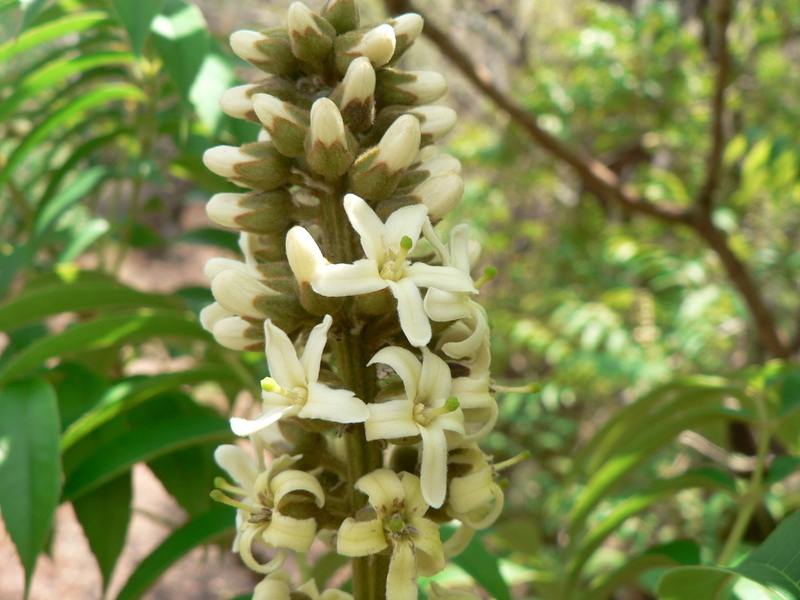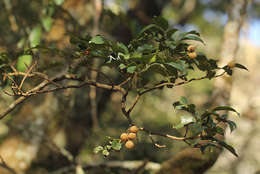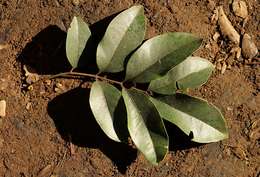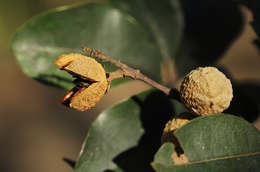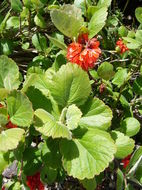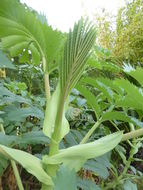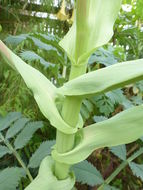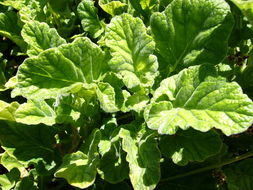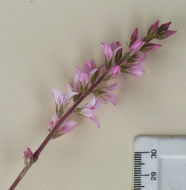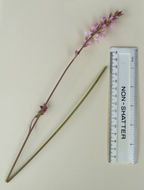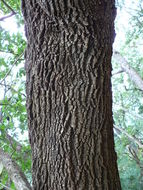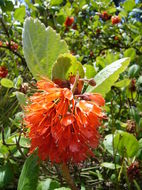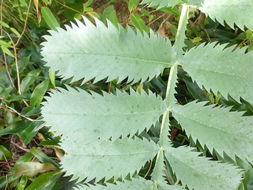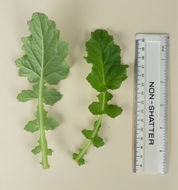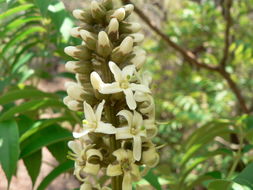-
Species: Bersama swynnertonii Baker f. Date: 2004-01-01 Location: Seldomseen, Vumba Habitat: Forest edge, half sun
-
Species: Pseudobersama mossambicensis (Sim) Verdc. Date: 2007-03-11 Location: Road near Chiniziuwa River, Cheringoma. Habitat: Sandforest margin.
-
Species: Bersama swynnertonii Baker f. Date: 2011-01-05 Location: John Meikle Forestry Estate, Stapleford Habitat: Roadside margin in montane evergreen forest
-
Species: Bersama swynnertonii Baker f. Date: 2014-05-18 Location: Northern slopes below Mt Dombe, Chimanimani Mts
Habitat: Riverine forest patch near stream in rocky brachystegia-Uapaca woodland
-
Species: Bersama swynnertonii Baker f. Date: 2014-05-18 Location: Northern slopes below Mt Dombe, Chimanimani Mts
Habitat: Riverine forest patch near stream in rocky brachystegia-Uapaca woodland
-
Species: Bersama swynnertonii Baker f. Date: 2014-05-18 Location: Northern slopes below Mt Dombe, Chimanimani Mts
Habitat: Riverine forest patch near stream in rocky brachystegia-Uapaca woodland
-
Species: Bersama swynnertonii Baker f. Date: 2014-05-18 Location: Northern slopes below Mt Dombe, Chimanimani Mts
Habitat: Riverine forest patch near stream in rocky brachystegia-Uapaca woodland
-
Species: Bersama swynnertonii Baker f. Date: 2014-05-18 Location: Northern slopes below Mt Dombe, Chimanimani Mts
Habitat: Riverine forest patch near stream in rocky brachystegia-Uapaca woodland
-
-
-
-
-
-
-
-
Fred Rumsey of the Natural History Museum, London, writes 'very many thanks for the specimen which I will pass over to Mark Spencer the UK Herbarium curator I suspect that we dont have any other examples of Naturalised Francoa from the British Isles. Interestingly the European Garden Flora only recognises the one species F. sonchifolia while admitting that it is extremely variable and at least 5 of those variants have been given species names under which at least three are currently in the horticultural trade. The RHS plantfinder accepts S. appendiculata as well as S. ramosa along with S. sonchifolia and I think your plant is closest to S. appendiculata if one were to recognise the segregates as species. It has a (weakly) branched inflorescence whereas those of F. sonchifolia tend to be simple. Flower colour and foliage-form all match but all are extremely variable and it is difficult to define diagnostic characters to separate the taxa.'
-
Fred Rumsey of the Natural History Museum, London, writes 'very many thanks for the specimen which I will pass over to Mark Spencer the UK Herbarium curator I suspect that we dont have any other examples of Naturalised Francoa from the British Isles. Interestingly the European Garden Flora only recognises the one species F. sonchifolia while admitting that it is extremely variable and at least 5 of those variants have been given species names under which at least three are currently in the horticultural trade. The RHS plantfinder accepts S. appendiculata as well as S. ramosa along with S. sonchifolia and I think your plant is closest to S. appendiculata if one were to recognise the segregates as species. It has a (weakly) branched inflorescence whereas those of F. sonchifolia tend to be simple. Flower colour and foliage-form all match but all are extremely variable and it is difficult to define diagnostic characters to separate the taxa.'
-
-
Melianthus major
-
-
-
-
Fred Rumsey of the Natural History Museum, London, writes 'very many thanks for the specimen which I will pass over to Mark Spencer the UK Herbarium curator I suspect that we dont have any other examples of Naturalised Francoa from the British Isles. Interestingly the European Garden Flora only recognises the one species F. sonchifolia while admitting that it is extremely variable and at least 5 of those variants have been given species names under which at least three are currently in the horticultural trade. The RHS plantfinder accepts S. appendiculata as well as S. ramosa along with S. sonchifolia and I think your plant is closest to S. appendiculata if one were to recognise the segregates as species. It has a (weakly) branched inflorescence whereas those of F. sonchifolia tend to be simple. Flower colour and foliage-form all match but all are extremely variable and it is difficult to define diagnostic characters to separate the taxa.'
-


